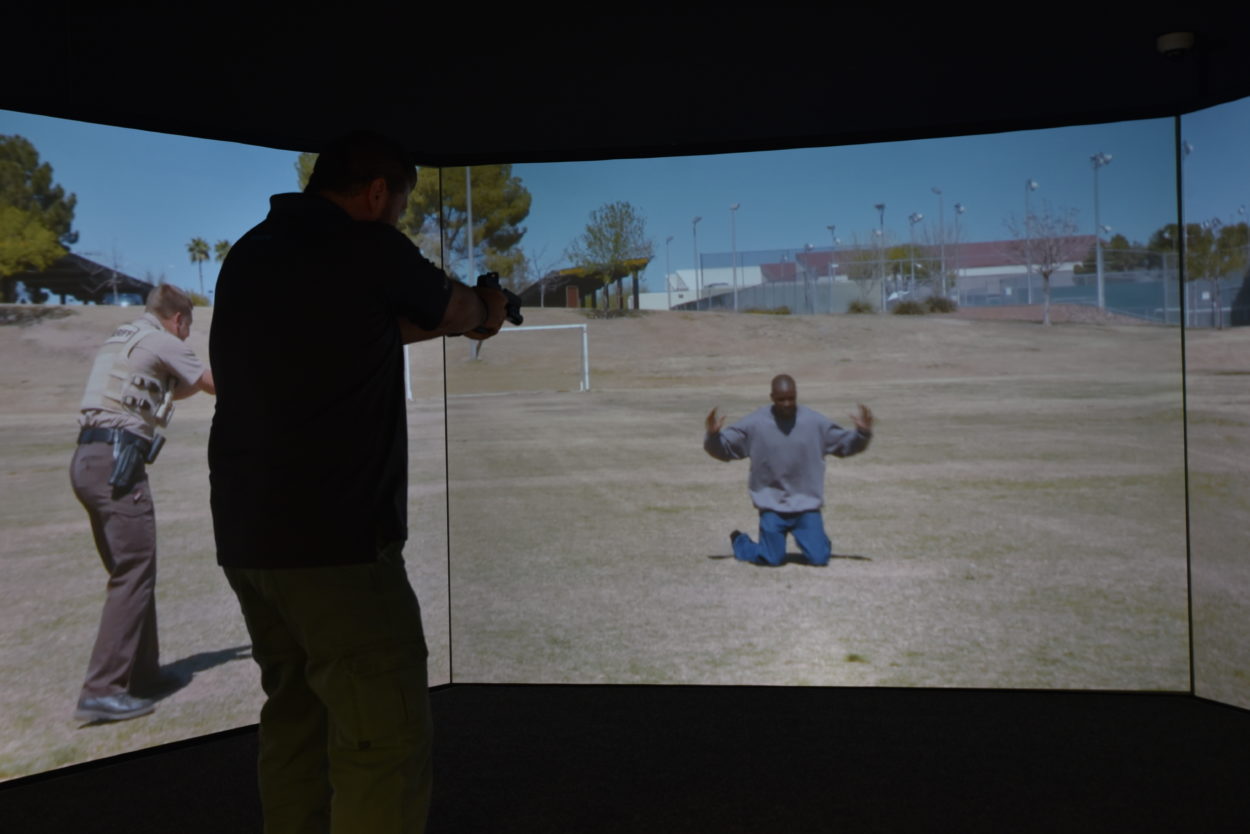Contact and Cover Concepts
When discussing contact and cover in law enforcement, the topic goes beyond only actions, but refers to the roles that police officers have and maintain when engaging suspects. Having these roles unestablished or blended can lead to serious consequences.
A tragic event in 1984 brought attention to the need for contact and cover roles for officers. Officers Timothy Ruopp and Kimberly Tonahill of San Diego PD made the ultimate sacrifice when apprehending two subjects for a misdemeanor charge. While Ruopp was writing the citations, Tonahill began conducting a Terry Frisk on one subject who overpowered her and shot both officers with a handgun.
What went wrong? The contact officer, Tonahill, was not being protected while Ruopp was writing citations. This unfortunate event is an example of what can happen when roles are not established in an encounter, but also shows that these incidents are preventable.
Responsibilities of Contact and Cover Officers
Teamwork Duties for Law Enforcement
In any instance where multiple officers are responding to a call, effective communication and teamwork provide an extra layer of safety. Officers must not only communicate with each other, but also relay information to dispatch. Among these responsibilities, there also must be proper distancing and movement to ensure visualization of each other and the subject(s).
Below are just a few of the duties and responsibilities.
Contact officers:
– Communicate, contain and control the subject(s)
– Search and arrest subject(s)
– Communicate with the cover officer and dispatch
– Primarily assigned the use of less-lethal force options
Cover officers:
– Protect the contact officer
– Maintain awareness of surroundings and third parties
– Relay intelligence to contact officer
– Provides lethal cover
The roles of each responding officer must be determined early in the encounter. While these roles may be switched, they must never be blurred. Each officer must stay in their assigned role and not mix duties or confusion could happen, leading to serious consequences in the face of danger.
Tips for Both Contact and Cover Officers
Contact and Cover Police Training, Tactics, and Procedures
There are important tactics to follow whether you are a contact or cover officer. The following contact and cover techniques should be remembered during every encounter:
Ballistic Cover & Concealment
When approaching subjects, officers must always be mindful of cover and concealment locations, regardless of their role as contact or cover officer. Do not forget the difference, however; cover and concealment are two different things. When you are concealed, you cannot be seen, but you can still be struck if a subject were to use a firearm.
Officer Positions
The positions in which officers are standing during the encounter relate to all subjects involved, not just a single one. It may be necessary to move one or more subject to help the cover officer maintain a better view and keep watch.
Distance
The contact officer is closer to the subject(s) so they can communicate. They also must be nearby in order to initiate a Terry frisk, exchange information, citations, etc. The cover officer must be far enough back to see not only the subject(s) but potential threat areas.
There also must be a “reactionary gap” – space needed to ensure that you have the time to properly react to a threat if one is presented.
Subject Movements
Subjects should not be allowed to move around as they please and they must keep their hands where officers can see them.
Certified Contact and Cover Law Enforcement Curriculum
VirTra Coursework for Officers
When learning contact and cover police training vital concepts, VirTra ensures that officers receive training that will stick and be of assistance in the field. This is accomplished by utilizing V-VICTA® (VirTra – Virtual Interactive Training Academy) to instruct rookies and experts alike. V-VICTA curriculum includes a training manual, associated simulator scenarios, a presentation, testing materials, class surveys, scoring rubrics and more.
“Contact and Cover Concepts” is a 3-hour V-VICTA course that is NCP certified by IADLEST. Its 20-page manual is filled with everything instructors need to be able to teach the valuable course – from drills and teaching points to practical skills tests and rosters.
For more information on either V-VICTA or how we design Contact and Cover police training scenarios and coursework, contact a product specialist by clicking the button below.






